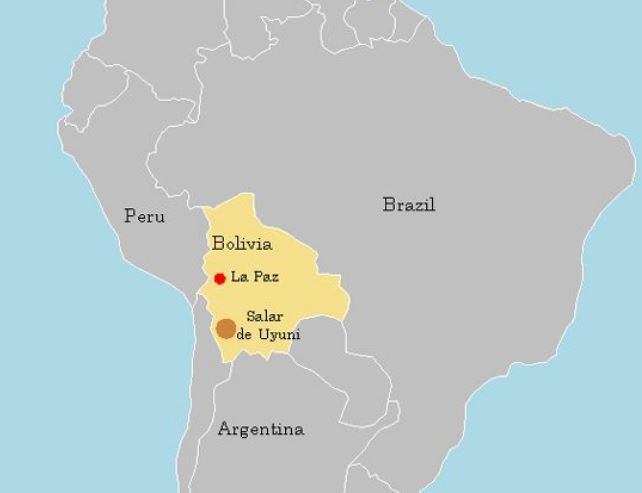7667766266
enquiry@shankarias.in
Goldschmidtite
Galo Community
Naming of an Asteroid
Lithium deposits in Bolivia

Source: The Hindu, The Indian Express, Graphic News